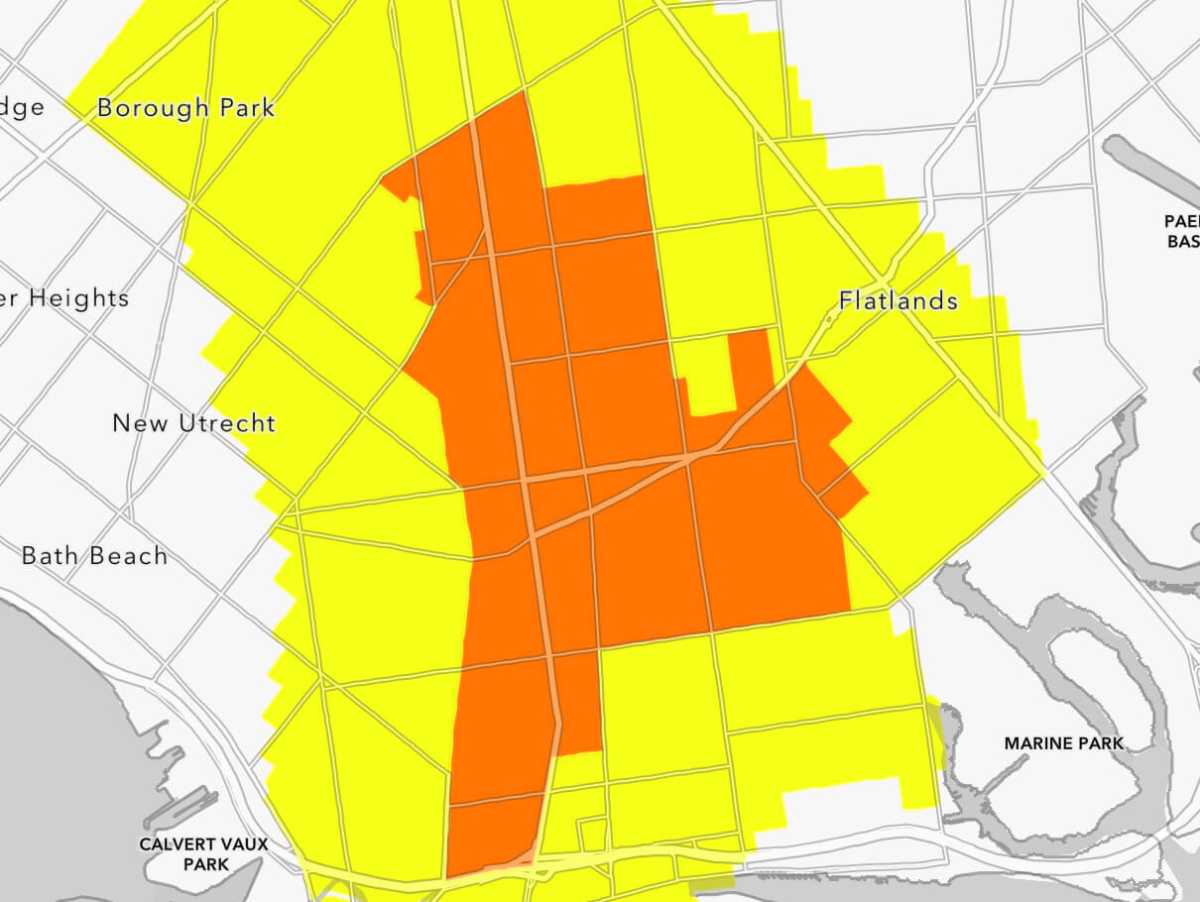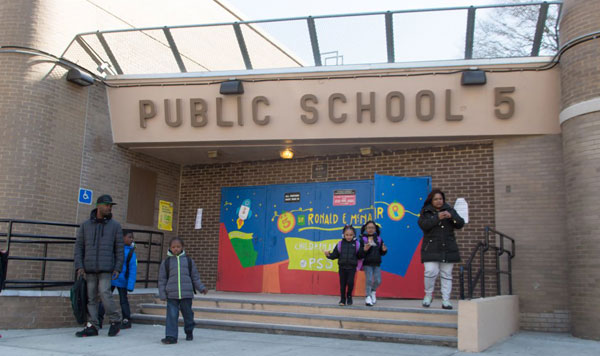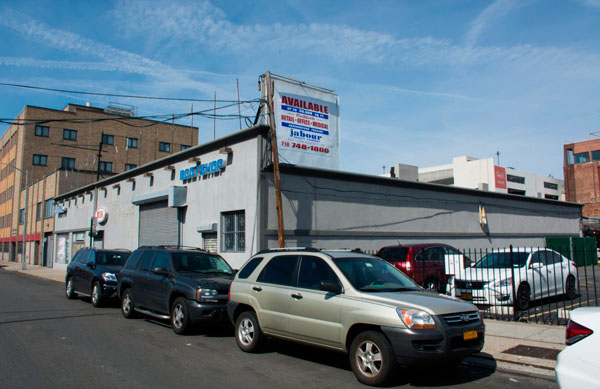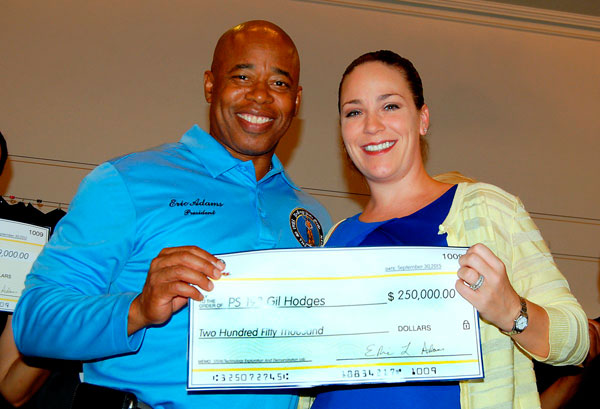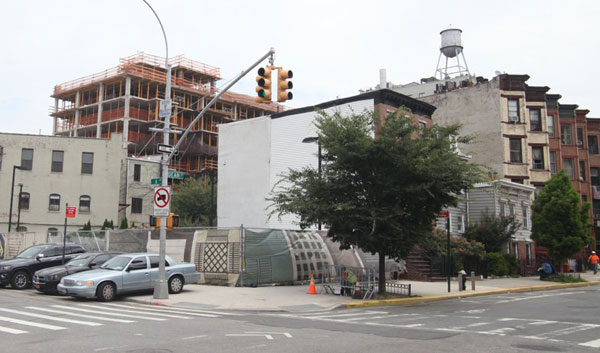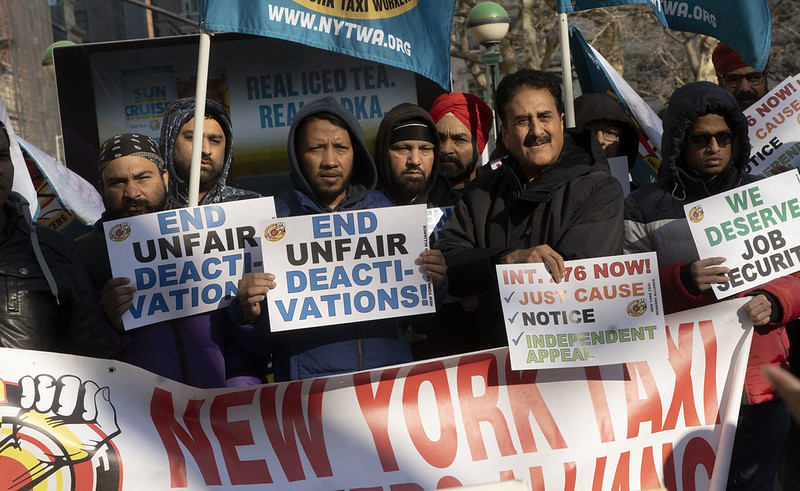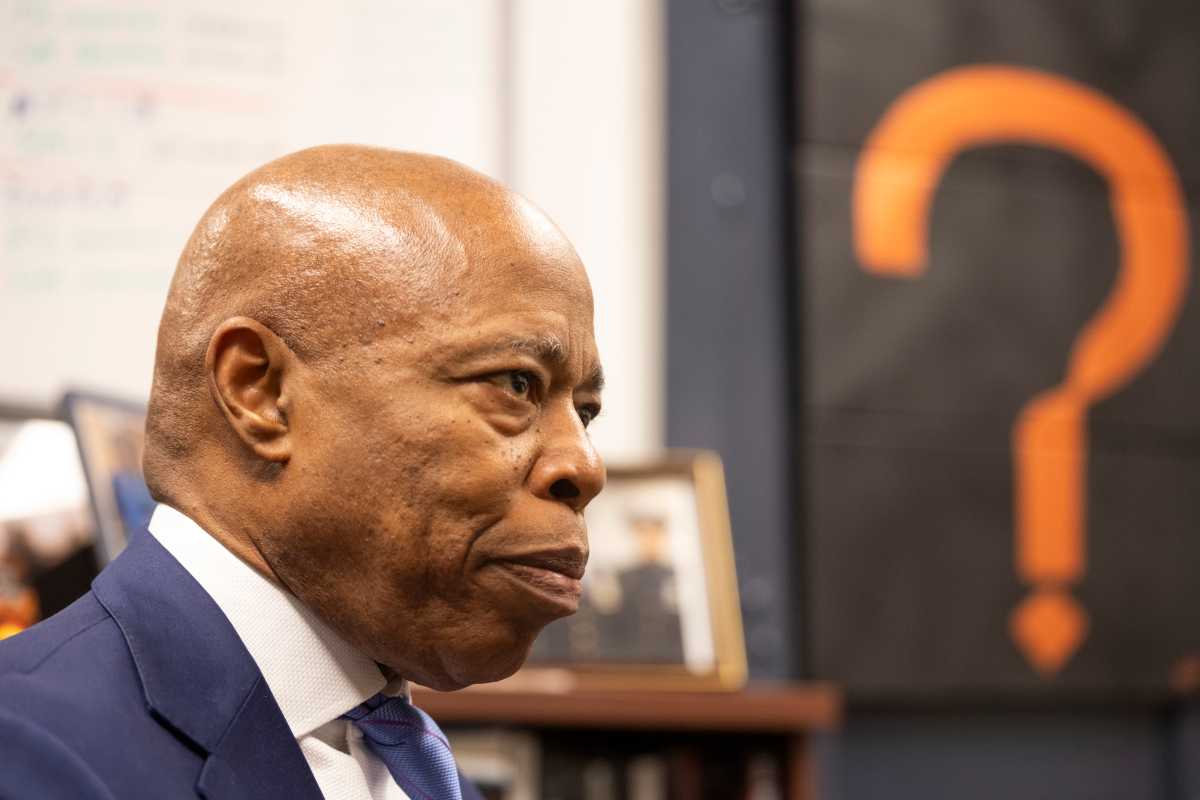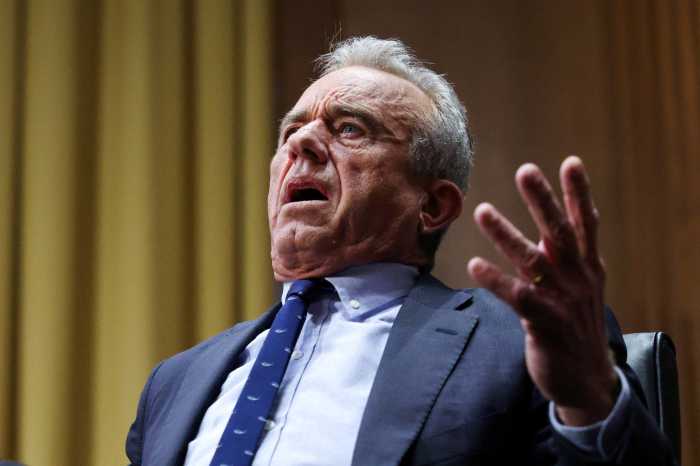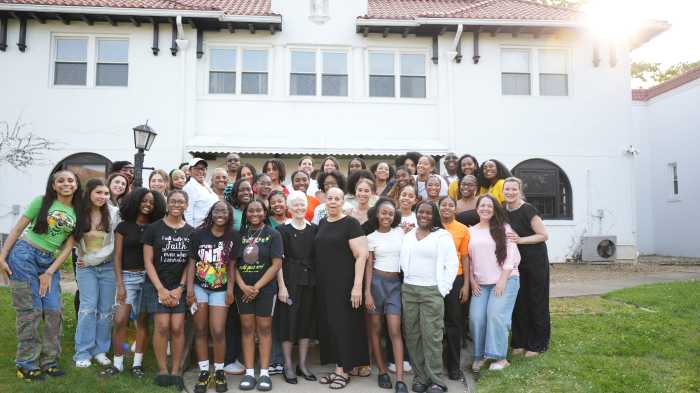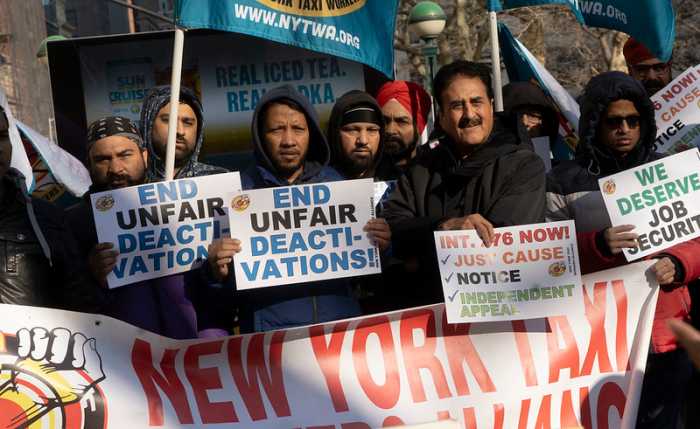One week after reducing the size of Brooklyn’s COVID-19 “red zone,” Gov. Andrew Cuomo announced that he will continue lifting restrictions on the former coronavirus hotspot.
During a Nov. 9 press conference, Cuomo said that the COVID-19 “red zone” in southern Brooklyn — which encompasses Midwood, Homecrest, and sections of Marine Park, Gravesend, and Sheepshead Bay — will be turned into an “orange zone,” which carries fewer restrictions.
Though schools in the district must remain closed, houses of worship can now operate at 25 percent capacity with a maximum of 33 people; small gatherings of 10 people or fewer are permitted; low-risk, non-essential businesses may open; and restaurants can open for outdoor dining.
The changes, effective immediately, come as cases in the district have dropped dramatically. On Nov. 6, Cuomo shrunk the Brooklyn “red zone” — which had included Borough Park, Flatlands, and a part of Marine Park — to half its size, claiming the daily rate of positive cases had fallen from 5.86 percent in October to 2.9 percent on Nov. 5.
Cuomo and state health officials did not point to data explaining why the remaining “red zone” became an “orange zone” on Nov. 9, saying only the positivity rate has continued to fall.
“Metrics demonstrate continued progress controlling COVID spread and the zone will be transitioned to orange, allowing many businesses to reopen,” read a statement from the governor’s office.
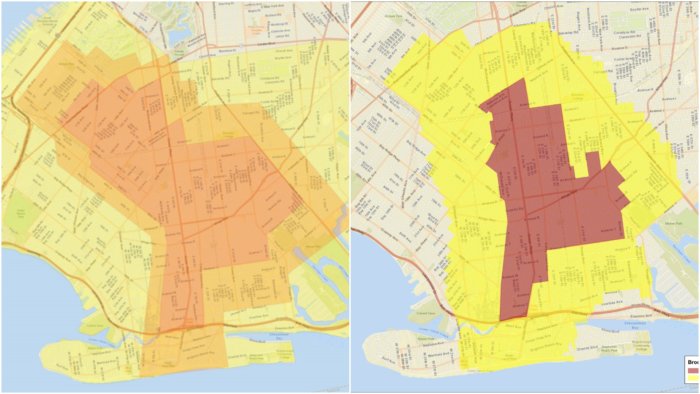
However, city data suggests that the virus is still alive and well in parts of southern Brooklyn. One Borough Park ZIP code (11219) — which went from a red zone to a yellow zone last week — had an average positivity rate of 4.39 percent between Nov. 2 and Nov. 8, according to city data.
Midwood (11230) had a positivity rate of 4 percent, and Gravesend/Homecrest (11223) had a rate of 3.05 percent in the same time period, the city data shows. Portions of those two ZIP codes were included in the updated “red zone” map last week, and were switched to “orange zones” on Nov. 9.
The rates in those three ZIP codes — as well as in Borough Park’s 11219 — have dropped significantly since late September and early October, when they reached between 7 and 10 percent.
The positivity rate for the whole borough has also seen a slight uptick, rising from 1.8 and 1.9 percent on Nov. 6 and 7 respectively to 2.5 percent on Nov. 8, according to the state. Brooklyn’s seven-day percent positivity rate has hovered just above 2 percent since mid-October, according to city data.
On Nov. 11, Cuomo issued a new rule mandating that gyms, bars, restaurants, and any business licensed to serve close after 10 pm or switch to take-out and delivery only. The rule, which applies to businesses across the state, aims to reduce the uptick in cases statewide.
Find out which zone you’re in here.


